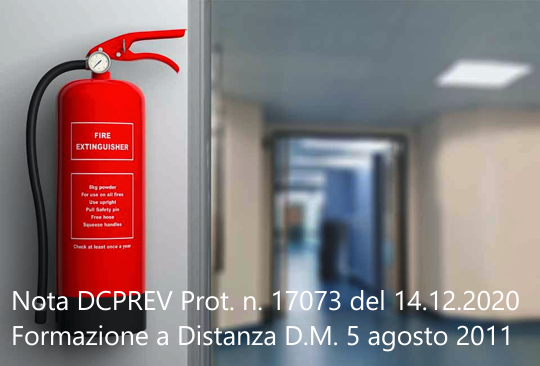Informazione tecnica HSE / 25 ° anno
/ Documenti disponibili:
45.611
/ Documenti scaricati: 34.588.284
/ Documenti scaricati: 34.588.284
ID 21311 | 06.02.2024
The 2007 Recommendations (ICRP, 2007) introduced changes that affect the calculation of effective dose, and implied a revision of the dose coefficients for internal exposure, published previously in the Publication 30 series (ICRP, 1979a,b, 1980a, 1981, 1988) and Publication 68 (ICRP, 1994b). In addition, new data are now available that support an update of the radionuclide-specific information given in Publications 54 and 78 (ICRP, 1989a, 1997) for the design of monitoring programmes and retrospective assessment of occupational internal doses. Provision of new biokinetic models, dose coefficients, monitoring methods, and bioassay data was performed by Committee 2 and its task groups.
A new series, the Occupational Intakes of Radionuclides (OIR) series, will replace the Publication 30 series and Publications 54, 68, and 78. OIR Part 1 (ICRP, 2015) describes the assessment of internal occupational exposure to radionuclides, biokinetic and dosimetric models, methods of individual and workplace monitoring, and general aspects of retrospective dose assessment.
OIR Part 2 (ICRP, 2016), OIR Part 3 (ICRP, 2017), this current publication, and the final publication in the OIR series (OIR Part 5) provide data on individual elements and their radioisotopes, including information on chemical forms encountered in the workplace; a list of principal radioisotopes and their physical half-lives and decay modes; the parameter values of the reference biokinetic models; and data on monitoring techniques for the radioisotopes most commonly encountered in workplaces. Reviews of data on inhalation, ingestion, and systemic biokinetics are also provided for most of the elements.
Dosimetric data provided in the printed publications of the OIR series include tables of committed effective dose per intake (Sv per Bq intake) for inhalation and ingestion, tables of committed effective dose per content (Sv per Bq measurement) for inhalation, and graphs of retention and excretion data per Bq intake for inhalation. These data are provided for all absorption types and for the most common isotope(s) of each element.
The online electronic files that accompany the OIR series of publications contains a comprehensive set of committed effective and equivalent dose coefficients, committed effective dose per content functions, and reference bioassay functions. Data are provided for inhalation, ingestion, and direct input to blood.
This fourth publication in the OIR series provides the above data for the following elements: lanthanum (La), cerium (Ce), praseodymium (Pr), neodymium (Nd), promethium (Pm), samarium (Sm), europium (Eu), gadolinium (Gd), terbium (Tb), dysprosium (Dy), holmium (Ho), erbium (Er), thulium (Tm), ytterbium (Yb), lutetium (Lu), actinium (Ac), protactinium (Pa), neptunium (Np), plutonium (Pu), americium (Am), curium (Cm), berkelium (Bk), californium (Cf), einsteinium (Es), and fermium (Fm).
ICRP, 2019. Occupational intakes of radionuclides: Part 4. ICRP Publication 141. Ann. ICRP 48(2/3).
...
Fonte: ICRP International Commission on Radiological Protection
Collegati

OGGETTO: Eventi formativi in materia di prevenzione incendi di cui al D.M. 5 agosto 2011. Metodologie di "Formazione a Distanza".
Con precedenti disposizioni q...

ID 13577 | Rev. 0.0 del 19.05.2021 / Documento completo allegato
Documento di analisi dei principi ergonomici che si applicano per ...

ID 16913 | 24.06.2022 / In allegato Atti del seminario
Il 22 giugno la Direzione centrale per la prevenzion...
Testata editoriale iscritta al n. 22/2024 del registro periodici della cancelleria del Tribunale di Perugia in data 19.11.2024